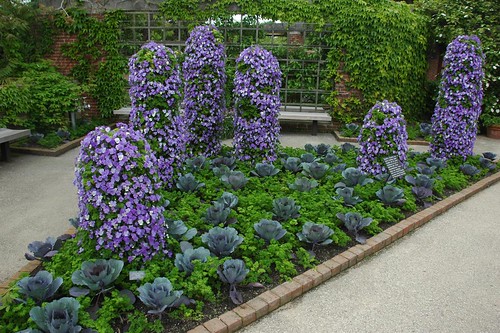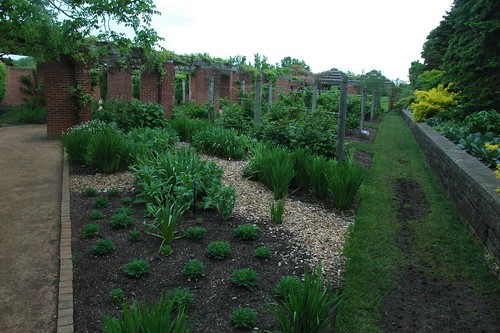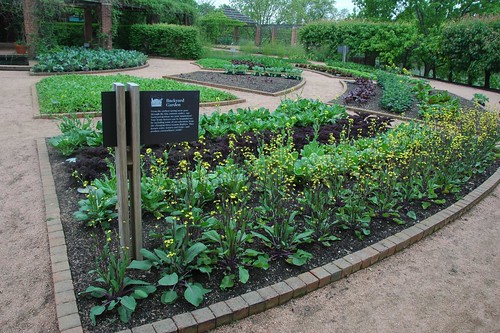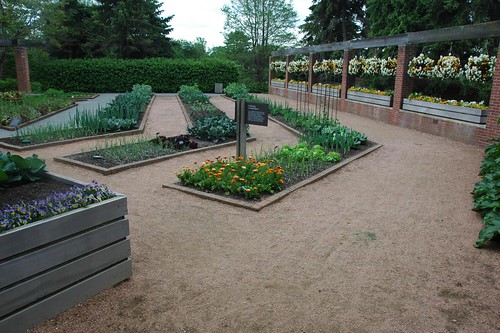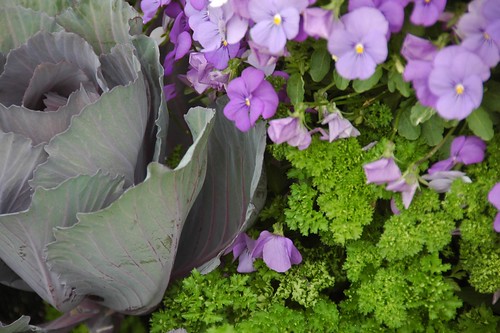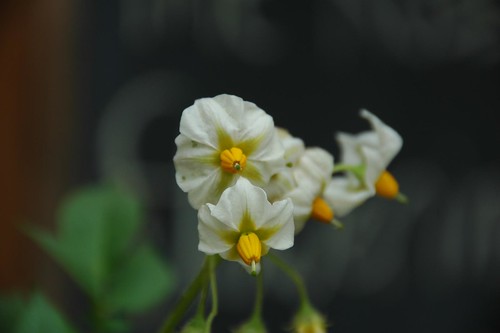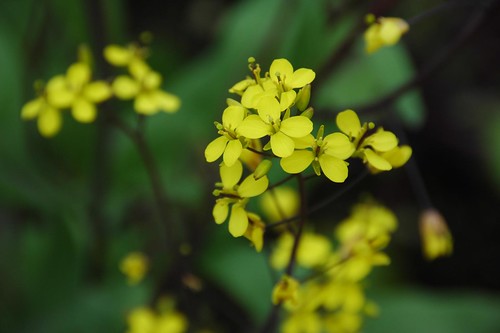The first garden visited by Chicago Spring Fling 2009 was the Chicago Botanic Garden. Spread out over nine islands, the Garden is huge: 385 acres. One could spend an entire day there and not see all of it.
The Fruit and Vegetable Garden occupies one of the islands of the Chicago Botanic Garden. There are several areas within this garden, showcasing orchards, vine fruits, vegetables, and other edibles. Here’s the entrance display that greets you after you cross the bridge to the island.
All of the display gardens were laid out beautifully. The formal designs and beautifully constructed hardscape would serve many kinds of gardens well. For food production, the structures assure interest and orderliness during the less tidy seasons.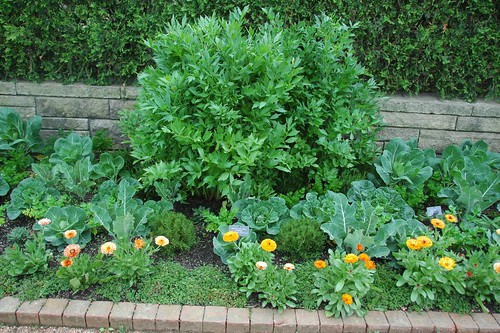
Glam Shots
I did not disturb the Bollworm Traps in the orchard, but I did peek inside. No bollworm moth action when I visited.
Some Viola. I want to make some candied violets someday. I don’t know what the best species or variety would be.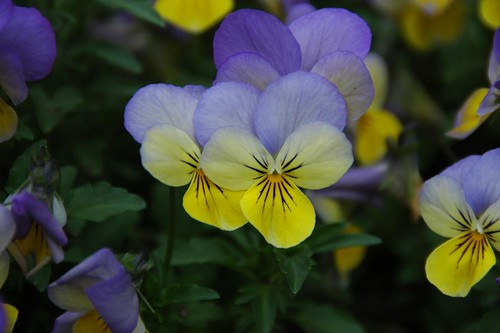
[bit.ly]
Related Content
Model Railroad Garden, Chicago Botanic Garden
Rick Bayless Garden
Alfred Caldwell Lily Pool

